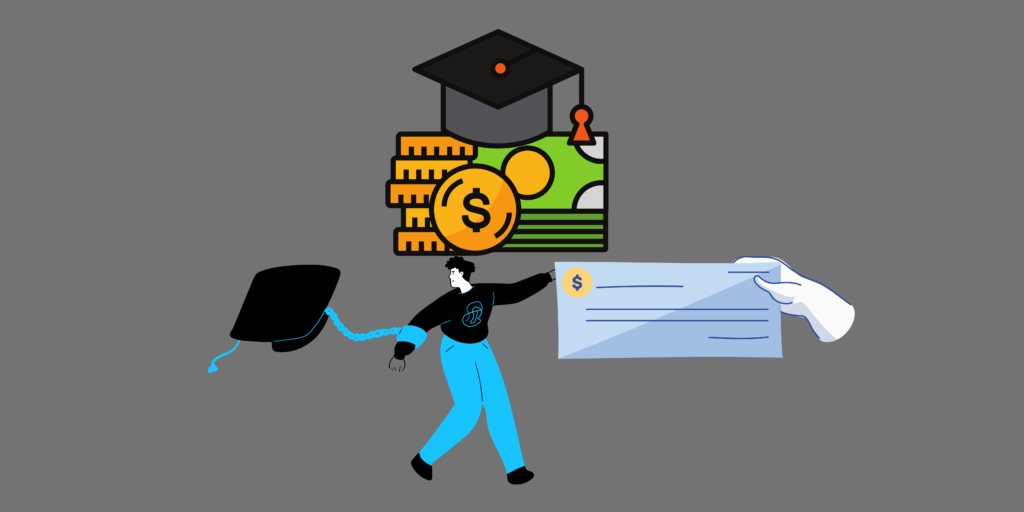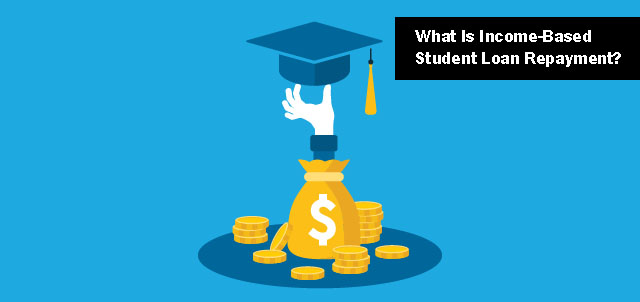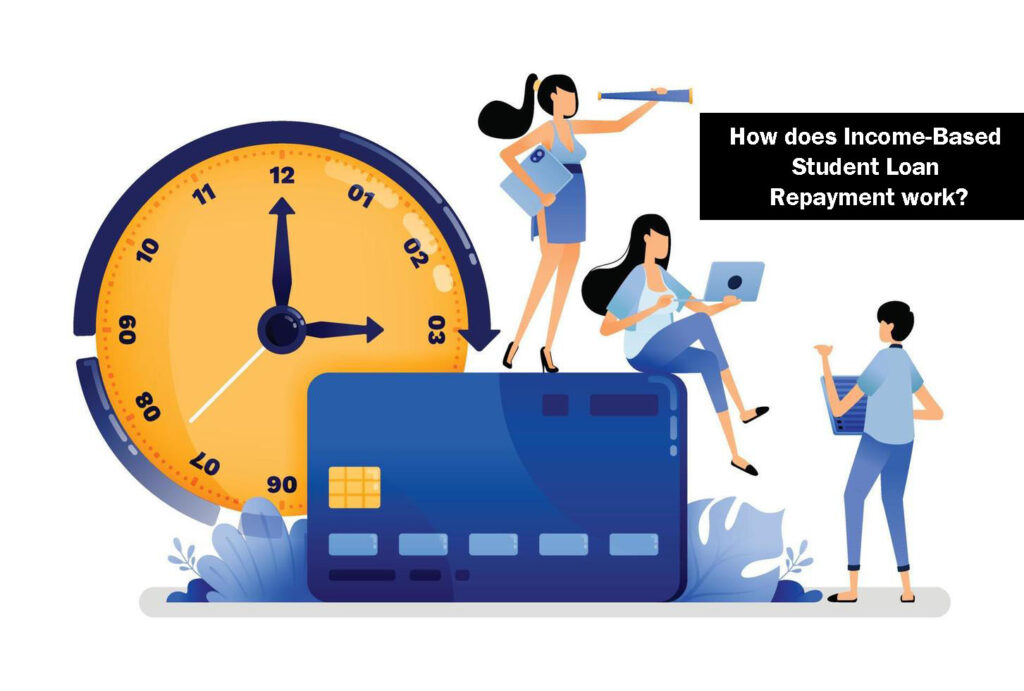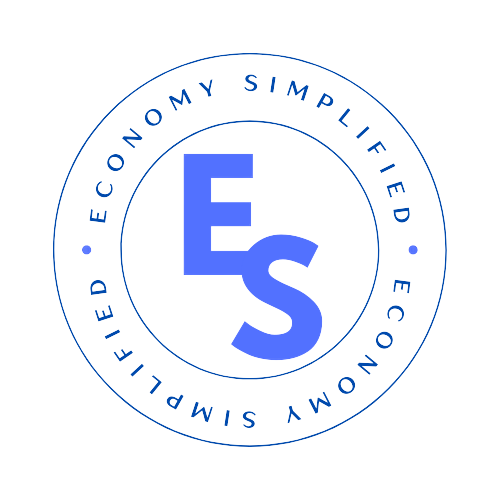
Income-Based Student Loan Repayment Plan
President Biden’s proposal to make adjustments to Income-Driven Repayment (IDR) plans that would go into effect in January 2023 is the biggest surprise in his student loan forgiveness plan – pledge to forgive around half a trillion dollars of student debt.
Because of the changes, majority undergraduate borrowers may have to repay only a portion of the amount borrowed, thus converting student loans to grants. It is a strategy to lower the cost of college, not by lowering the amount of tuition paid, but by providing students with loans and thereafter allowing them to not repay them. This article will provide you the complete guide to Income-Based Student Loan Repayment.
What Is Income-Based Student Loan Repayment?

- income-driven repayment plans were developed to help government student loan borrowers who were struggling to make ends meet and avoid default.
- People who sign up for the schemes typically have high loan balances or poor incomes. Graduate students are more likely to sign up for Income-Based Student Loan Repayment plans because they often have larger loan loads than undergrads.
- The concept of Income-Driven Repayment (IDR) plans is simple: Pay a specific percentage of your monthly salary over a certain amount for 20 to 25 years, and any outstanding debt will be forgiven.
- Based on the National Student Loan Data System, 33% of Direct Loan borrowers were signed up for an income-based repayment plan by the middle of 2021.
- However, with one exception, debtors keep failing to recertify their salary each year and are back to the usual 10-year amortising plan.
What are the 4 Income-Driven Student Loan Repayment Plans?
Although the term “Income-Based Student Loan Repayment plan” is frequently used in a broad sense, the Department of Education refers to these plans as income-driven repayment plans. There are four of them.
• Revised Pay As You Earn (REPAYE)
• Pay As You Earn (PAYE)
• Income-Based Repayment (IBR)
• Income-Contingent Repayment (ICR)
| Plan | Monthly Payment | Term (Undergrad) | Term (Graduate) | Who Qualifies |
| ICR | 20% of discretionary income (or income-adjusted payment on 12-year plan) | 25 years | 25 years | Any borrower (it is the only plan that covers parents who have PLUS Loans) who consolidates) |
| IBR | 15% of discretionary income but never more than 10-year plan) | 25 years | 25 years | Those who obtained loans prior to July 1, 2014 |
| Newer IBR | 10% of discretionary income (but never more than 10-year plan) | 20 years | 20 years | Borrowers who took out their first loans after July 1, 2014 |
| PAYE | 10% of discretionary income (but never more than 10-year plan) | 20 years | 20 years | Borrowers who took out first loan after Sept. 30, 2007, and took out a new loan or consolidated existing loans after Sept. 30, 2011 |
| REPAYE | 10% of discretionary income (no cap) | 20 years | 25 years | Any borrower |
How Income-Based Student Loan Repayment operates?

If a borrower’s total student loan debt upon graduation exceeds their annual income, they typically qualify for income-based repayment student loans with reduced monthly payments.
You must apply (visit StudentAid.gov/IDR) and provide information to get your income certified in order to find out if you are eligible for an income-driven repayment plan.
The amount of your monthly payment is then calculated. If you’re eligible, you’ll pay your loan servicer each month according to your new income-based repayment plan.
Every year, you will need to recertify your income level size. Depending on your income or changing family size, your computed payment may fluctuate.
How are student loans repayments calculated?
If you want to know how student loans repayments are calculated check a federal student loan repayment calculator. It can be used to compare the expenses of attending various universities. A number of factors come into play, including your marriage status, age, as well as the time period you want to enrol (4 years if you’re a freshman, 2 years if you’re a junior transferring, etc.). With basic financial information, such as how much you (or your family) can afford each year and any scholarships or gifts you’ve already obtained, the student loan interest calculator can show you how much debt you can plan to take on and what overall expenditures will be when you graduate – both monthly as well as in the duration of your income-based repayment student loans.
Pros of Income-Based Student Loan Repayment
- Borrowers benefit from lower student loan repayment costs
• After 20 to 25 years of repayment, any outstanding Income-Based Student Loan debt is forgiven.
• A financial stress deferment term counts toward the 20 or 25 years
• For borrowers who complete all requirements of the Public Service Loan Forgiveness programme, the Income-Based Student Loan Repayment plan offers forgiveness of any balance after 10 years.
• In a few of the income-driven repayment plans, the government pays the entire or a portion of the interest that has accrued on certain loans.
• Low-income borrowers may be eligible for zero dollar payments, and such payments still count for loan forgiveness.
• When monthly payments do not fully cover accrued interest, new federal restrictions will limit cases of interest capitalization & halt excess interest accrual.
Cons of Income-Based Student Loan Repayment
- Extending payments out over a prolonged period of time results in accruing higher interest.
- If your Income-Based Student Loan is lower than the recent interest that is accrued that month, the total balance will increase and negative amortisation will take place.
- Student loan forgiveness is exempt from federal tax through 2025, but the IRS often taxes forgiven sums as taxable income (except for the PSLF program)
- Each year, income & family size must be recertified by borrowers in income-driven repayment plans.
- The combined income may result in higher loan payments if the borrower marries and pays taxes jointly.
- The system can be incredibly complicated.
FAQ’S
For a student loan of $40,000, what is the monthly payment?
Based on the APR and term of a $40,000 student loan, the monthly payment can range from $424 to $3,591. For instance, if you borrow $40,000 and repay it over 10 years at a 5% APR, your monthly payment will be $424.
What is the formula for income-based student loan repayment?
Your monthly payments under the Income-Based Student Loan Repayment (IBR), Pay As You Earn (PAYE), and Revised Pay As You Earn (REPAYE) plans are calculated by taking 10% or 15% of your “discretionary income,” which is your earning minus 150% of the federal poverty line for your family size & state.
What is the income limit for repayment of income-based student loans?
There is no income limit. If your loan payments are too high for your income level under the 10-year regular repayment plan, you could be eligible.
Is student loan repayment based on income?
Irrespective of any changes in your income, your payment is always determined by your family’s size and income. size. This implies that, in some circumstances, your payment may be higher than what you would be required to pay under 10-year Standard Repayment Plan if your income increases as time passes.




